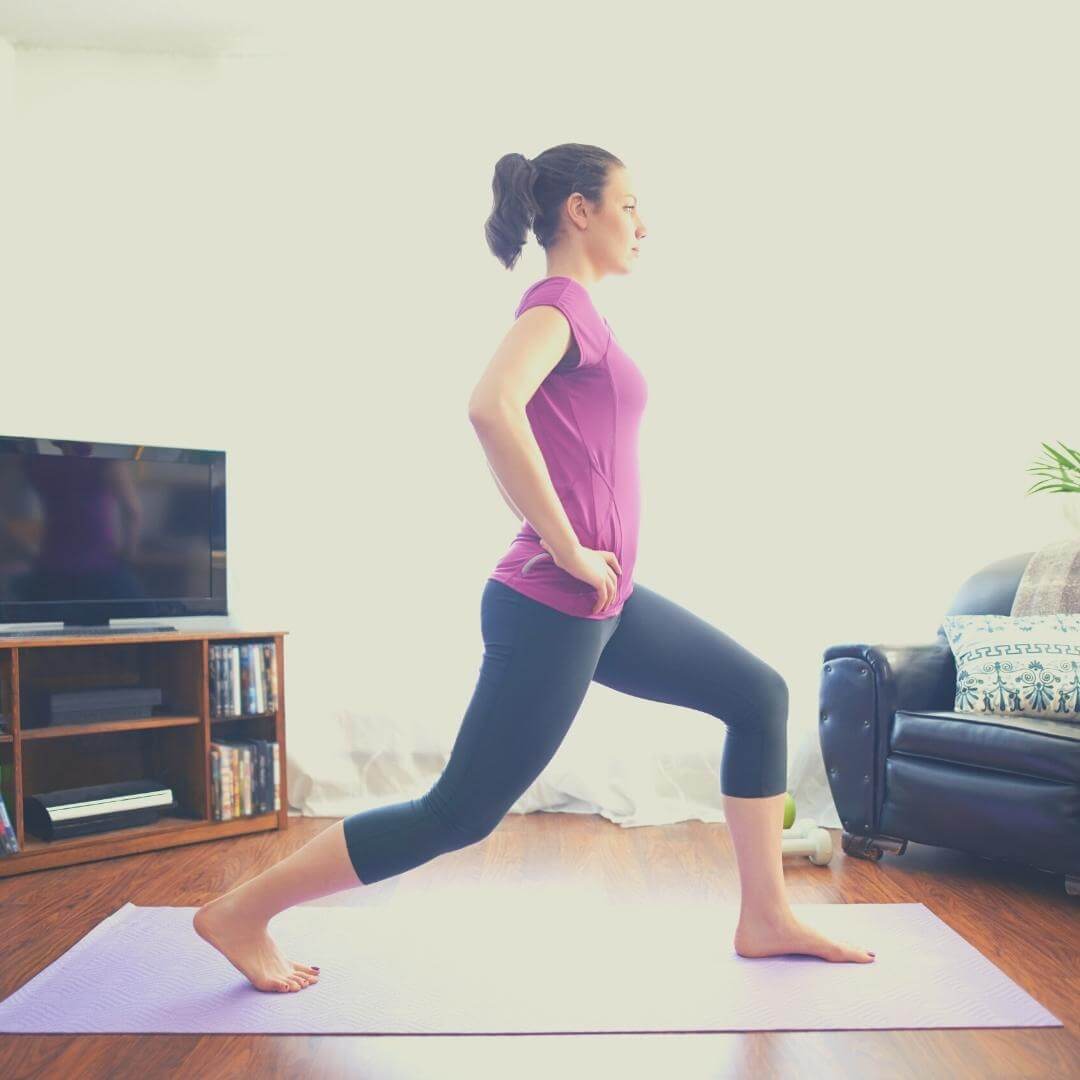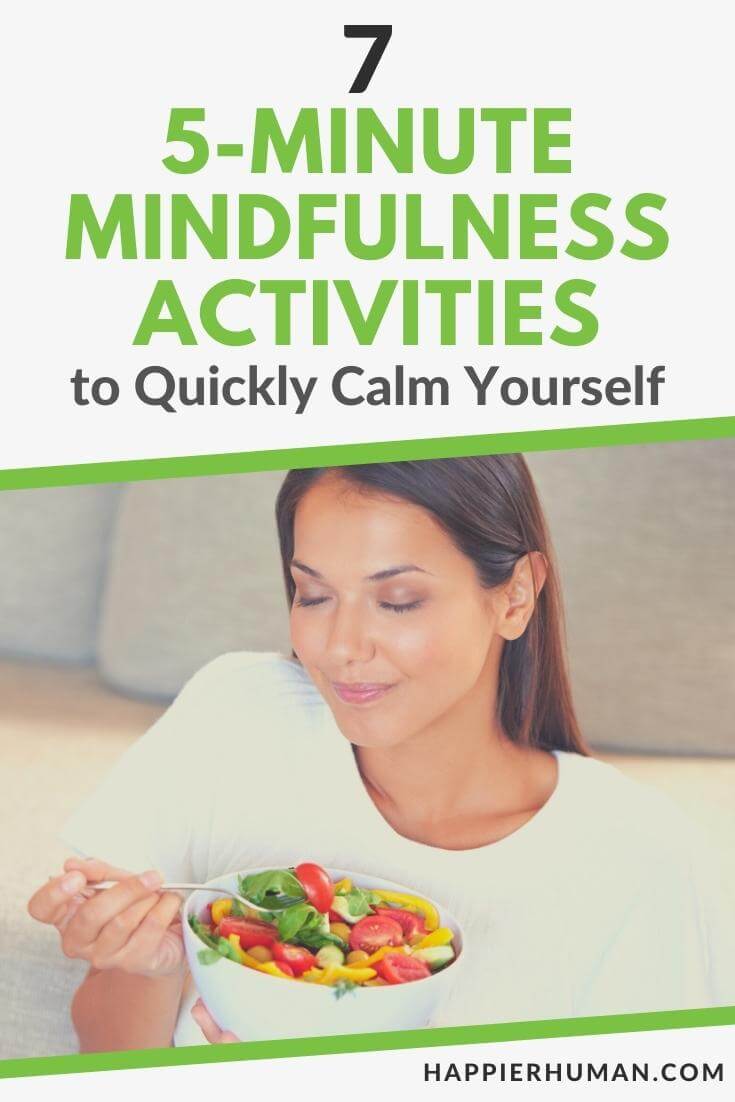Years ago, I took a trip to Italy and was in awe with the beauty of the country. However, years later, one of the things that still stands out for me were the amazing lemons! Apparently, the region I was in was known for lemons, so we did a whole day tour that revolved around my favorite citrus fruit.
In the early part of the tour, we were instructed to take a lemon and scratch the skin with our fingernails. As we did so, the most amazing aroma graced my nose as some oil drizzled out the skin.
In all my years of consuming lemons in my tea, lemonade, lemon meringue pie, etc… I had never noticed such an intense aroma before. Next, we dined on several items made from lemon… where I was able to savor the sweetness of lemon cake, the tang of lemon fish, and the impact of the prized limoncello liqueur.
The point is, we were able to truly savor and focus on lemons in a way we never had to before – the skin, the color, the taste, the feel. Wouldn't it be great if we could do this every day with ourselves? Well, we can if we take the time to practice mindfulness.
What is Mindfulness?
Mindfulness is a state of mind that is achieved through various activities and exercises that help you remain focused on the present moment rather than worrying about the future or ruminating about the past. Mindfulness also involves being aware of your thoughts, emotions, sensations, and actions in any given moment without judgment or criticism.
Many people think that mindfulness takes a lot of time to practice and feels like an uphill task when they begin their first few sessions. However, you don’t need to spend hours sitting cross-legged with your eyes closed to get some peace of mind.
You can practice mindfulness anytime, anywhere: while commuting on the train, during your lunch break, or even as soon as you wake up in the morning – all you need are five minutes at a time!
How Mindfulness Can Add to Your Life
In addition to being beneficial for your overall health, practicing mindfulness has numerous emotional and mental benefits. It can help you feel more connected to your emotions, improve your mental clarity and focus, decrease stress levels, and reduce anxiety.
Additionally, practicing mindfulness has been shown to help you maintain a healthy weight, lower your risk of developing chronic diseases, and improve your sleep quality.
So why not give it a try? If you don't know where to start, check out a few of my favorite mindfulness exercises and activities that can help keep you calm in a busy world.
Seven 5-Minute Exercises to Practice Mindfulness
Exercise 1. Mindful Breathing
Breathing is the most natural way to bring yourself back to the present moment. When you feel stressed, anxious, or frustrated, it’s easy to get caught up in your own thoughts and forget to focus on your breathing. When you are mindful of your breathing, you are more likely to maintain a state of calm and reduce feelings of stress and anxiety.
There are many ways you can practice mindful breathing and an easy way to do this is to sit in a comfortable position, close your eyes, and focus on your breath as it enters and exits your body.

The next time you are feeling stressed, anxious, or worried, try this quick breathing exercise and see how quickly you are able to calm yourself down. You can do this anywhere and at any time.
1. Sit in a comfortable place with your eyes closed.
2. Take a few deep breaths and focus on your breath as it enters and exits your body.
3. When you feel yourself starting to get tense, start counting each breath as you take it in and out.
4. When you reach 10, begin to focus on your body and the sensations that are present.
5. Make note of how your lungs feel, your stomach, and your muscles.
6. Do a few more repetitions until the five minutes are up.
Exercise 2. Breathe and Stretch
Further enhance your mindful breathing by incorporating the body more fully to stretch. For this exercise, you will need to sit somewhere. So if you are at work, find some quiet time at your desk or an empty break room. Go to your car for a few minutes if you need to. Just make sure you are comfortable enough to stretch and sit a bit.
1.First find a comfortable place to sit. Don’t worry about getting a yoga mat. You can do these exercises on a couch or in a chair if you like.
2. With your hands on your knees, sit in a cross-legged position.
3.Lift your chest forward and inhale.
4. Look up while arching your back.
5. Slowly begin to exhale while curving your spine back up.
6. Feel the stretch in your back as you tuck your chin into your chest area.
7.Do at least five or more repetitions.
Exercise 3. Quick Yoga
Yoga is a great way to practice mindfulness. There are many different types of yoga, but most forms of this ancient practice involve slow, mindful movements, both on and off the mat. There are also many guided yoga practices that can take you through poses, breathing, and meditation.
The benefits of using yoga include reducing stress and anxiety, improving flexibility and posture, and increasing strength and muscle tone. In addition, yoga can also help to improve your breathing, heart rate, and circulation. If you don’t have time for a full yoga class, there are many shorter practices that can be done in just five minutes.
Even if you’re not a yoga expert, you can still practice mindful yoga by being mindful of your movements and sensations throughout the poses. Don’t focus on perfection or keeping the same pose for a certain amount of time.
Try to focus on the process of the pose rather than the outcome. Close your eyes whenever you can, and take your time when going through the poses to make sure you’re doing them properly.
For this one, let’s act like a lizard. This mindful pose will help you loosen up and stretch the hip flexors.
1.Get on your hands and knees – on the floor, a mat, or a bed.
2.Now place your right foot to the outside of your right hand.
3. This right knee should remain bent over the right ankle.
4.Place the right hand inside the right foot.
5. If you are flexible enough, come down and place your weight on your forearms.
6.During this time, feel and focus on the stretch in the left hip.
7.Slowly inhale and exhale five times.
8.Switch sides and repeat the same stance. Try to do a few repetitions.
9. If you want to get a bit playful, imagine yourself as a real lizard.
Exercise 4. Body Sense
Now is the time to get in touch with your body. Sometimes it can be easy to not notice changes inside or outside the body for better or worse. Luckily a quick body scan routine can help you get in tune with how you feel from the inside out.
1.Find a comfortable open spot on the floor for you to lay down. Make sure you are lying on your back with your palms upward.
2. As you lie there, start mentally scanning your body from head to toe.
3. Make a decision to start either at the head and work your way down or from the feet and work your way up. Whatever you do, make sure you focus on one body part at a time.
4. For each body part, ask yourself the following questions: Is anything tight or sore? Do you notice any discomfort? Has any previous discomfort now disappeared? Does your body feel unusually cold or hot considering today’s weather?
5.Once you have scanned your whole body, slowly sit up and reflect
6.If something really stands out, write it down in a journal and make note of it for later.
Exercise 5. The Sounds of Silence
Silence is another great way to practice mindfulness. It can be easy to get caught up in the noise and chaos of everyday life, so taking a few minutes out of your day to practice silence can help you get back in touch with yourself. Did you know practicing mindful silence can improve your memory and conserve your energy? You also hone in on your attention and observation skills.
Start practicing silence either while you are waiting for something or while you are in a place where you know you won't be disturbed. You could also take a few moments out of your day to sit in silence while you are on your commute. This can be particularly helpful while commuting in traffic.
If you think it is impossible to give yourself silent time in this busy and loud world we live in, think again!
1.Begin by turning off everything in the house – the TV, the phone, your laptop,.etc.
2. If you have a dog, you may want to put it outside your room.
3.Shut the windows and close the blinds if you like.
4. Now simply sit somewhere where you can be comfortable for five minutes.
5. Be alone with your thoughts or don’t think at all. Just soak in the quiet.
6. If it helps, find a visual focal point to concentrate on.
7. After five minutes, give yourself a nice stretch.
Exercise 6. Pick a Color
The world is filled with many colors and those different colors can often invoke different emotions. We may associate a color with a particular time in our life or an event. For example purple is very important to me because it was my high school color and it is my personal favorite color.
I also associate purple with the sweet smells of lavender, which I naturally find very calming and alluring. So purple mostly represents calm but it is also nostalgic for me.

So for this exercise pick a color and try to name as many things as possible that that color represents.
1. Name a color.
2. Try to think of or name out loud as many things as possible where you will see this color. For example, “Red, apples, blood, strawberries,cranberries,sexy dress,etc.”
3. Now think about how the color makes you feel
4. Do you like this color – why or why not?
5. Do you like the objects associated with this color – why or why not?
Exercise 7. Savor Food
Remember how I talked about the divine lemons of Italy? Well, clearly I had seen and used lemons many times before my trip to Italy. However, being absorbed and mindful of lemons to such an extent made me enjoy them on a whole new level that has lasted to this day. We can have similar experiences with all types of food in our daily lives by practicing mindful eating.
1.Pick a food item. It can be something you have already tried or something completely strange to you.
2.Use all of your senses to eat – not just taste. Taste will be the last thing we use.
3.Touch it, run your fingers over it and describe it. Is the food rough, smooth, prickly, fuzzy?
4.Look at it from all angles. Note the colors, shades and any markings. What is the food shaped like? Does the shape remind you of something?
5.How does it smell? Is it as refreshing as a lemon or pungent like durian?
6.As you begin to chew, think about the sound of food.Is this noisy food to eat? Is it crunchy or quietly soft?
7.Last but not least, savor and think about the flavor. How does the flavor make you feel? How can you describe it? Does it make you think of nasty school lunches or grandma’s apple pie?
Final Thoughts About Mindfulness Exercises
Mindfulness is not about reaching some kind of transcendent state of bliss, it's about being in the moment and focusing on your thoughts, feelings, and sensations. It is about acknowledging and accepting your thoughts and feelings as they are now, rather than trying to change them.
There are many different ways you can practice mindfulness. What is important to remember is to find the particular type of mindfulness that works best for you and fits into your lifestyle and daily routine. You need to make it a habit for it to be effective.
Many people find it helpful to create a morning ritual that helps them practice mindfulness, setting the tone for the rest of their day. The above activities are just examples of the many ways to practice a few minutes of mindfulness daily. You may want to choose one activity that you do every single morning, or you can vary your routine each day.
You can also practice mindful awareness throughout your day by taking a break from whatever you’re doing and focusing on the present moment. This can be as simple as closing your eyes and taking a few deep breaths whenever you feel like you’re getting stressed out or need to refocus your attention.
Next time you feel overwhelmed or stressed out, try one of these 5-minute mindfulness activities and see how quickly you are able to calm yourself down. You can also learn more about practicing mindfulness in a group and read the article 15 Mindfulness Group Activities for Adults.
Finally, if you want a simple way to reduce your stress and anxiety, then try writing these 35 mindfulness journaling prompts to live more in the present moment.


